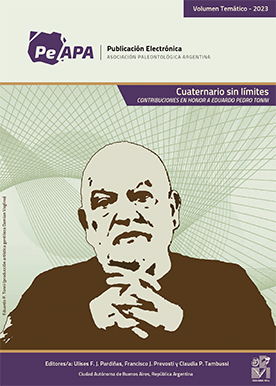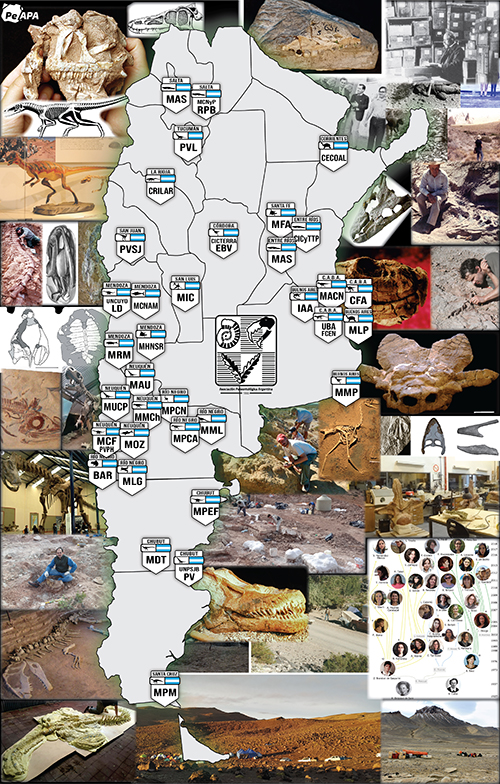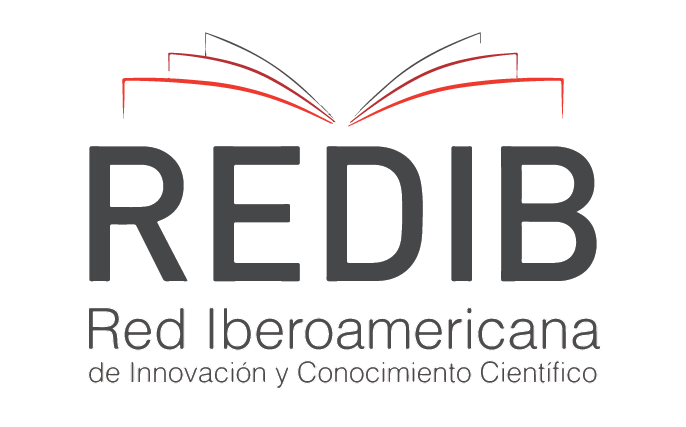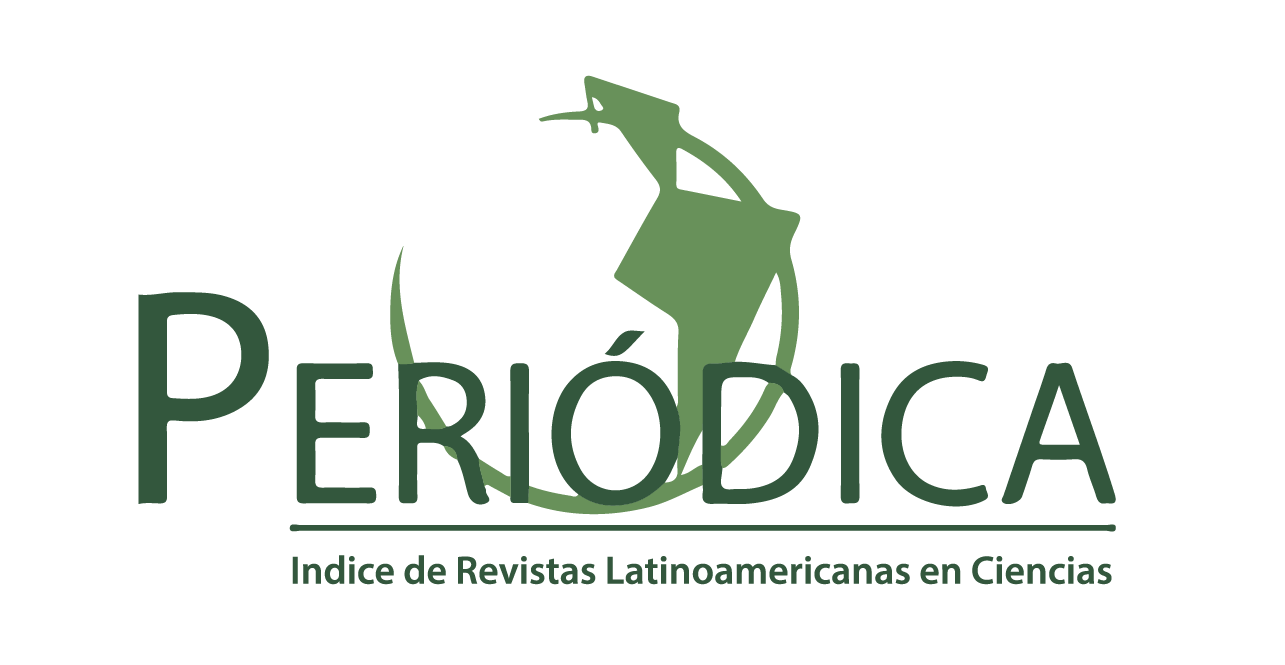ICNOLOGIA DE AMBIENTES CONTINENTALES: PROBLEMAS Y PERSPECTIVAS
Abstract
A wide variety of biogenic structures mainly produced by insects, spiders, crustaceans, gastropods, bivalves, nematomorphs, nematodes and annelids has been reported from modern nonmarine environments. Although the preservation potential of these structures is highly variable, the invertebrate trace fossil record of nonmarine settings has shown to be richer than once believed. In eolian deposits, low density ichnofaunas are dominated by arthropod crawling traces commonIy associated with vertebrate track ways. Fluvial successions tend to be dominated by arthropod traces associated with vertebrate burrows and root structures. Low diversity ichnofaunas occur in channe l deposits. Low to moderate ichnodiversity assemblages of grazing trails and locomotion/feeding structures are common in floodplain sediments, particularly concentrated in pond deposits. CIosed-basin lake successions have a meagre trace fossil record, but open-basin lake deposits may host abundant ichnofossils. In alluvial-lacustrine transitional zones, meniscate burrows and arthropod trackways are common, whereas in low energy nearshore and offshore lake deposits, relatively high diversity feeding structure and grazing trail ichnofaunas are present. Nonmarine ichnofossils evidence paleoenvironmental trends that are directly linked to progressive ecospace utilization, resulting in a significant increase of the ichnodiversity throughout the Paleozoic. Additionally, depth and extent of bioturbation also increased from the Permian into the Mesozoic and Cenozoic. At present, three nonmarine archetypical ichnofacies have been recognized. The Termitichnus ichnofacies typifies terrestrial deposits; the Scoyenia ichnofacies characterizes transitional subaerial/aquatic environments; and the Mermia ichnofacies occurs in permanent subaqucous lacustrine substrates. However, potential additional ichnofacies may be recognized in the future for other nonmarine environments, such as eolian dunes, dry interdunes, fluvial channels, and high energy lake shorelines.KEY WORDS. Trace fossils. nonmarine environrnents. ichnofacies.
Downloads
Published
Issue
Section
License

Authors retain copyright and grant the journal right of first publication with the work simultaneously licensed under a CC Attribution-NonCommercial 4.0 that allows others to share the work with an acknowledgement of the work's authorship and initial publication in this journal.






















